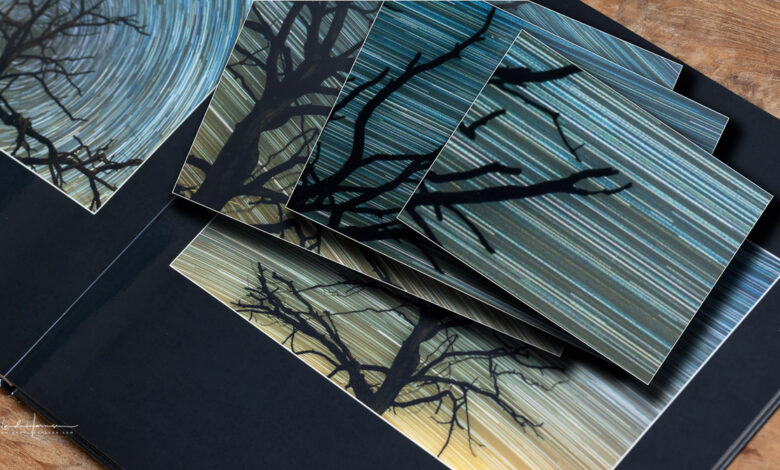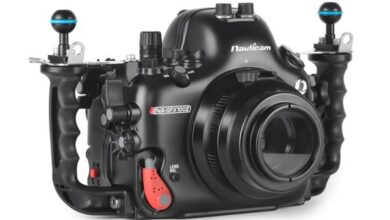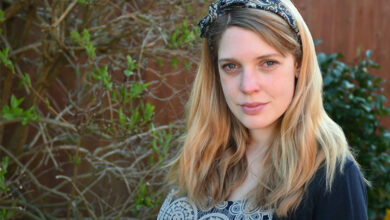How big is the problem with noise in digital photos really?

I keep seeing ads for software to reduce noise in digital photos. It gives the idea that noise is always a big problem to be solved. This is advertising, of course. Or is it really a problem that we have to solve with specialized software?.
This is not a complaint against software companies that sell special programs to reduce noise. That’s what I became curious about after reading a slightly older article about limiting the ISO setting to a maximum of ISO 400 to avoid noise. With noise reduction, is the end result better or worse than the original? Is it always necessary to do some kind of active noise reduction to make the image worth displaying? I can hardly believe that.
A little bit of history
I started taking pictures in the early nineties. I used a lot of high ASA film for my concert photography. ISO was then known as ASA. Normally, the films I use are limited to 400 ASA (ISO 400), but I have exposed these to 1,600 ASA. In other words, the image is underexposed by two stops. Film needs forced development to overcome this, resulting in a lot of grain or noise, if you will.
Photographs with a lot of grain are often considered artistic, moody, or in some cases special. I’m not saying my photos can be considered that way, but a lot of photographers have used this exposure technique to intentionally increase grain. But with the age of digital photography, it suddenly became a big deal.
The grain structure of film and digital noise are two different things. In the first era of digital photography, noise was really ugly. It’s noise at its worst, and bears no resemblance to the grainy structure of film. But the structure of the noise has become more film-like. It’s more natural than ever, although it depends on the camera you’re using.
I’ve never been too worried about my digital camera’s ISO settings. If I needed to shoot at ISO 1,600, I did. Of course, there is a limit to how much ISO can be set without resulting in just noise and no image at all. But the limit has pushed forward since then.
Back then, my Canon EOS 20D could do ISO 1,600 but not much more. Now, mine Canon EOS R5 can do ISO 6,400 with less noise and even ISO 12,800 is acceptable to me. On top of that, the noise structure feels more natural.
The way I look at my pictures
If I look at photos taken with high ISO settings, I see noise. For some concerts, I used up to ISO 12,800 and that was also the case with night sky photography. I even tried ISO 32,000 for the Milky Way with my Canon 5D Mark IV with good results. Although, I must admit, I used stacking to reduce noise and preserve detail.
When viewed at 100% magnification, noise levels become apparent. But who looks at such an image in real life? If I look at an image, I want to see it as a whole from an appropriate distance. This way, noise is no longer present, even when images are taken at extremely high ISO levels.
I printed a book celebrating the 10th anniversary of star trail photography in 2017. Some of the standout photos were taken at ISO 6,400. Although the print size is 30 cm on the longest side, noise is not an issue at all. Of course, if you look at the images inside the book at a very close distance, noise can be seen. But then it’s like looking at an image through a magnifying glass.
My book, Winter at Lofoten, is full of aurora nighttime images taken at high ISOs. Canon Netherlands printed one of my Perseïds meteor shower images at 30×40 cm using a professional printer. Noise never became apparent, even though the image was at ISO 6,400 on the Canon EOS 5D mark III. But when viewed at 100% on a computer screen, the noise is obvious.
The wedding albums I make for clients often have photos taken at high ISO. The image inside the album looks perfect and has no noise. So why do I need any additional noise reduction software?
A little about exposure and processing
Maybe I need to explain how I process my images in regards to post-processing. I use Lightroom Classic for the most part. First of all, I always try to use exposure to the right (ETTR), even when photographing the night sky. This way, I was able to avoid recovering too much of the shadows and blacks in the image, which often leads to increased noise. I use the mask for grinding to avoid affecting the parts that don’t need grinding. This also prevents an increase in noise. If needed, I set the noise reduction in Lightroom Classic to 25 or so, almost never higher. And that’s it.
Is noise a taboo?
Yes, I see noise when viewing some of my photos on my computer screen, but I know it won’t be obvious when printed. If I use the image for social media or on photo sharing sites, the resolution goes down to the web size. Any noise will be lost in this process and will no longer be visible.
Do we need noise reduction because we like to scrutinize our images at 100% magnification? Or is it because we’re just trying to create smooth and noise-free images because we believe that’s the way it should be?
In most cases, I believe we don’t need noise reduction software. For online use, the noise is no longer visible due to size reduction. For prints, it is often lost at print resolution and through the appropriate viewing distance. I advise people to be careful when considering using this type of software.
What do you think about noise reduction? Is it necessary for your photography, and if so, can you explain why? That’s what I really want to understand. I look forward to your comments below.




